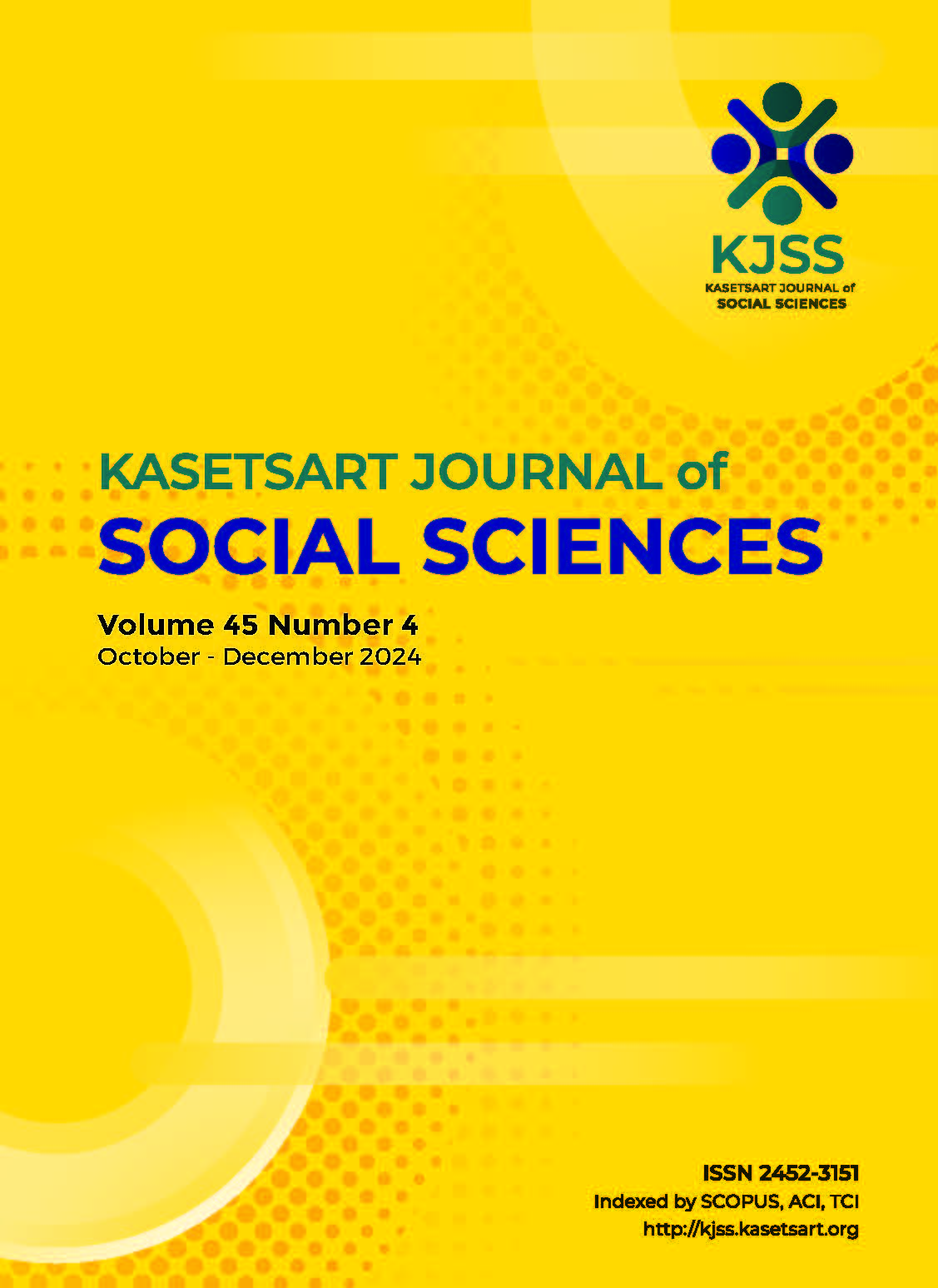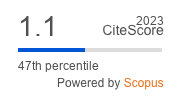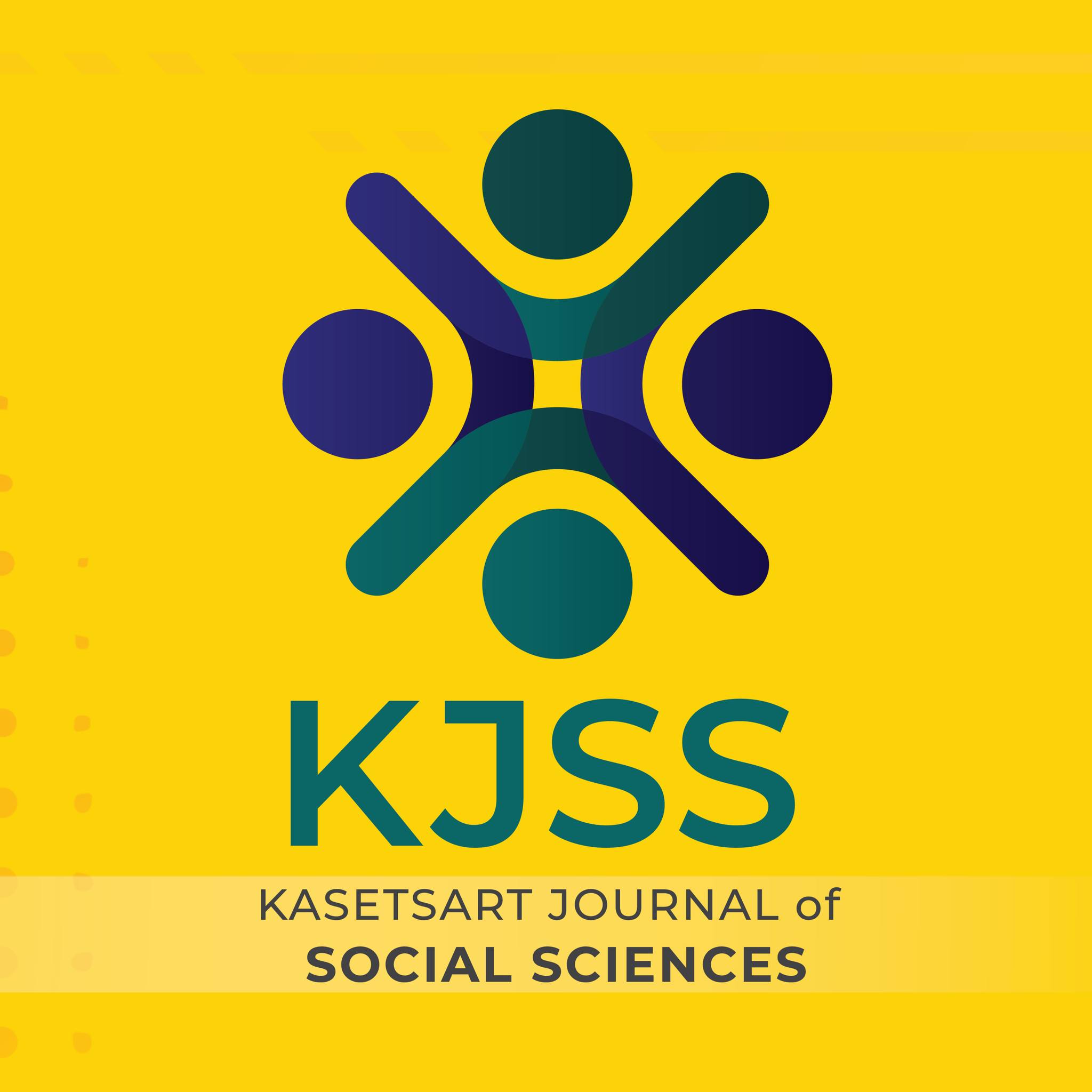Autistic gesture in the Problem-based learning model; Matching or contradiction?
Keywords:
autistic, contradiction, gesture, matching, problem-based learningAbstract
Mathematics learning is not only for students in regular schools but also for special needs children. Related to this, various learning models can be used in Mathematics learning, one of them being the Problem-Based Learning model. This study aims to identify and describe autistic gestures. This research uses a qualitative approach with a descriptive type of research. The research subjects were students in the autistic category at the elementary school level in Makassar, Indonesia. The technique of determining the subject is purposive sampling. The data collected were analyzed qualitatively using the Miles and Huberman model. The results showed that many autistic gestures were produced during the learning process. Two components indicated gestures: matching gestures
and contradiction gestures. A matching gesture is produced to indicate that
the dominant autism can complete the given tasks correctly. This gesture
is mostly produced in the first and the third phases. Contradiction gestures
suggest that the dominant autism is distracted, so the tasks given had obstacles,
Tthis gesture is mostly produced in the second and the fifth phases.
Problem-based learning model involves students solving problems through
several stages of the scientific method.
Downloads
Published
How to Cite
Issue
Section
License
Copyright (c) 2024 Kasetsart UniversityThis is an open access article under the CC BY-NC-ND license http://creativecommons.org/licenses/by-nc-nd/4.0/










